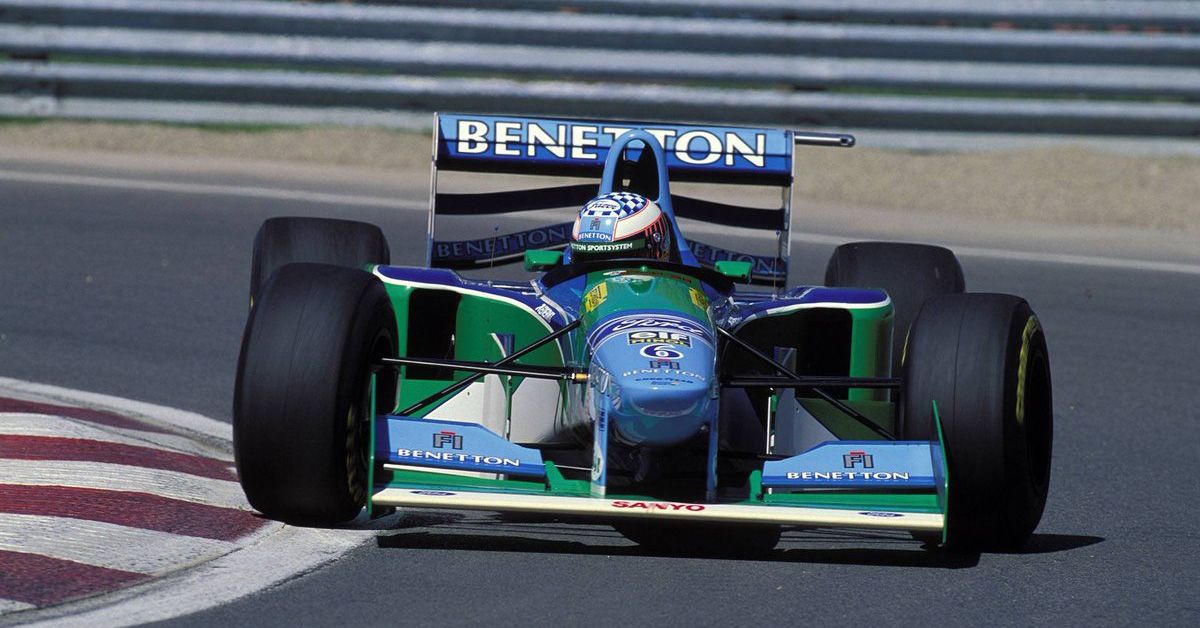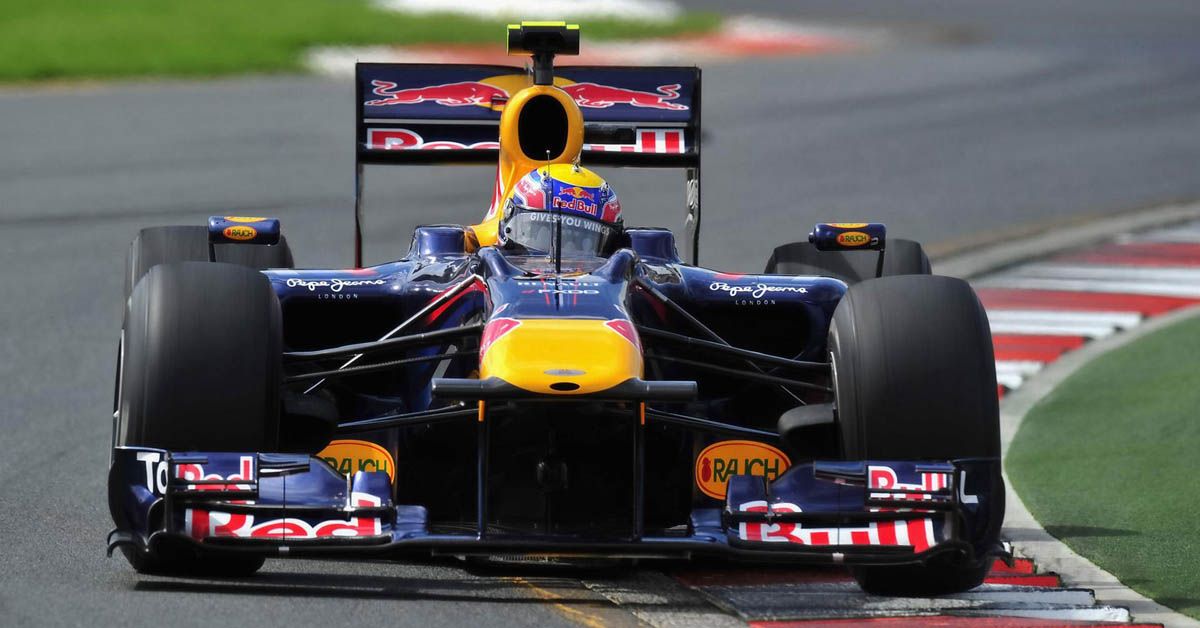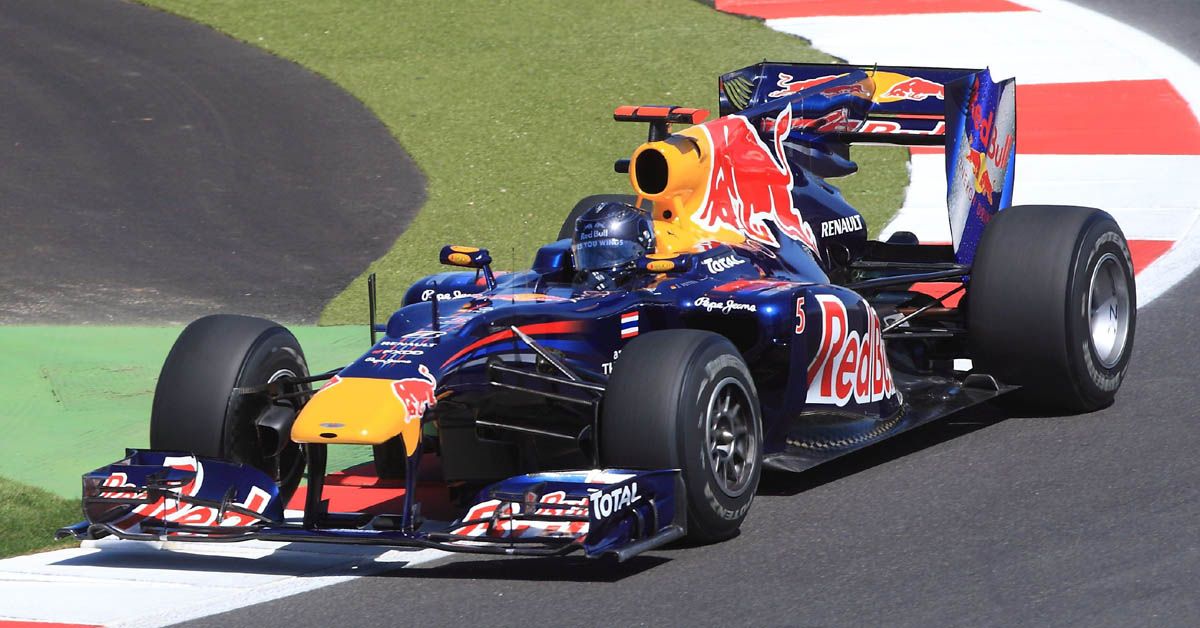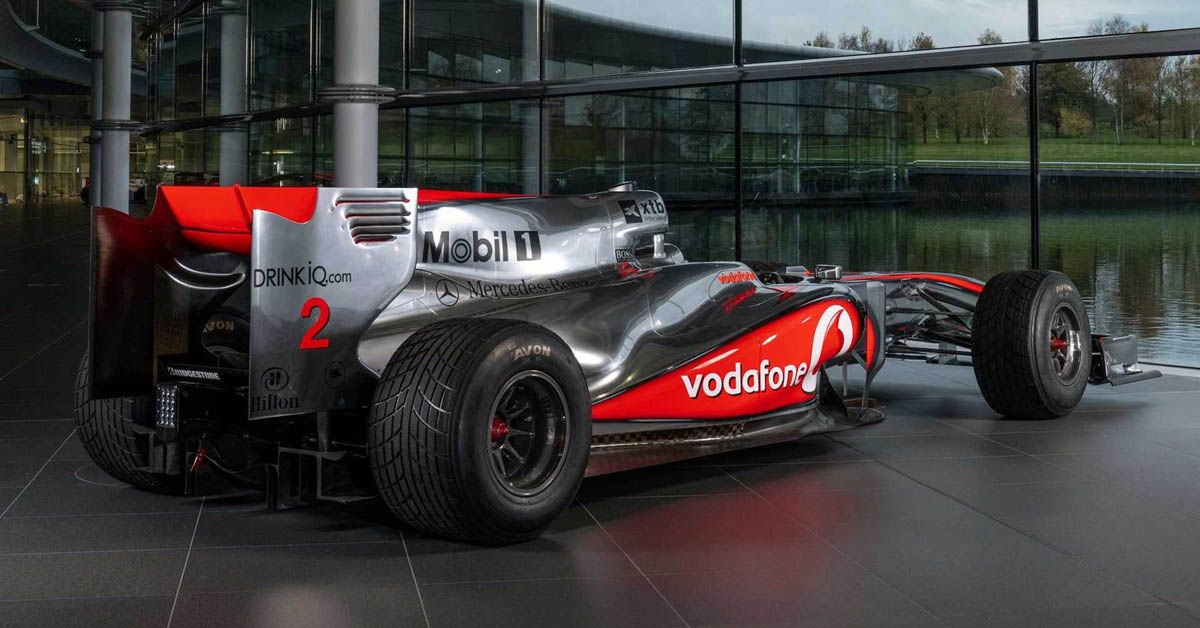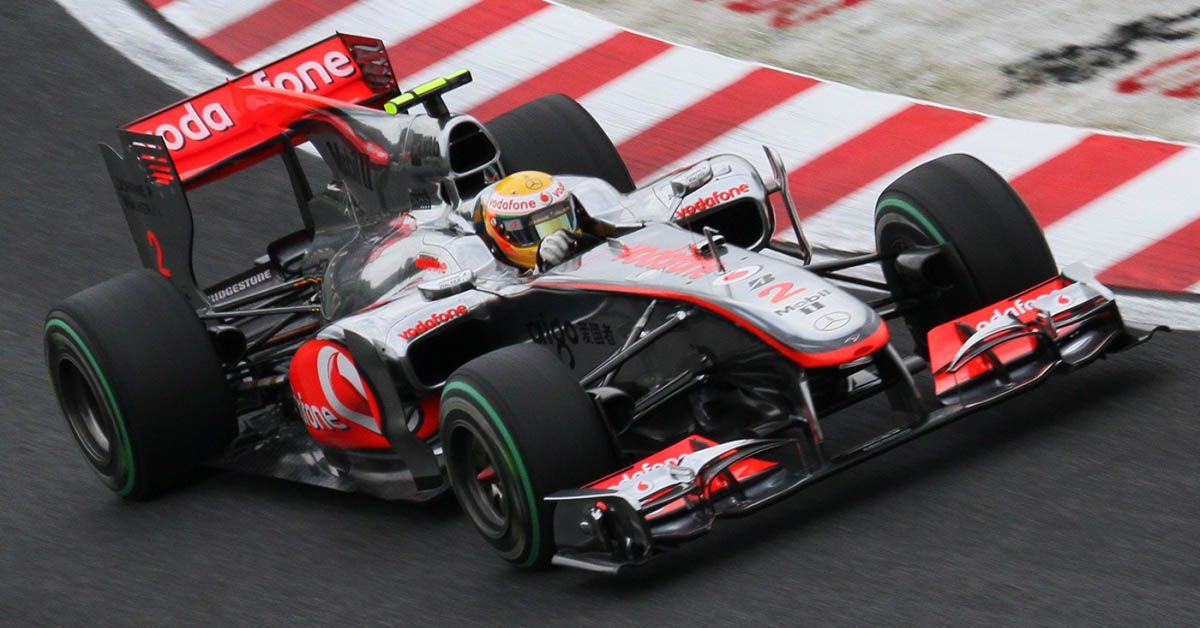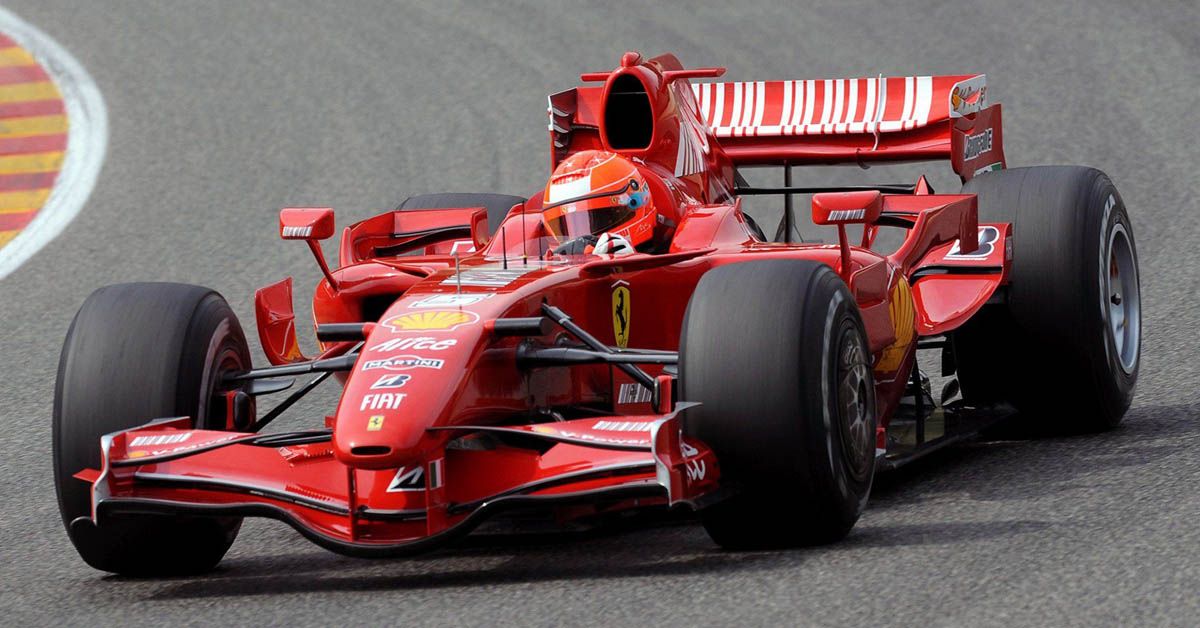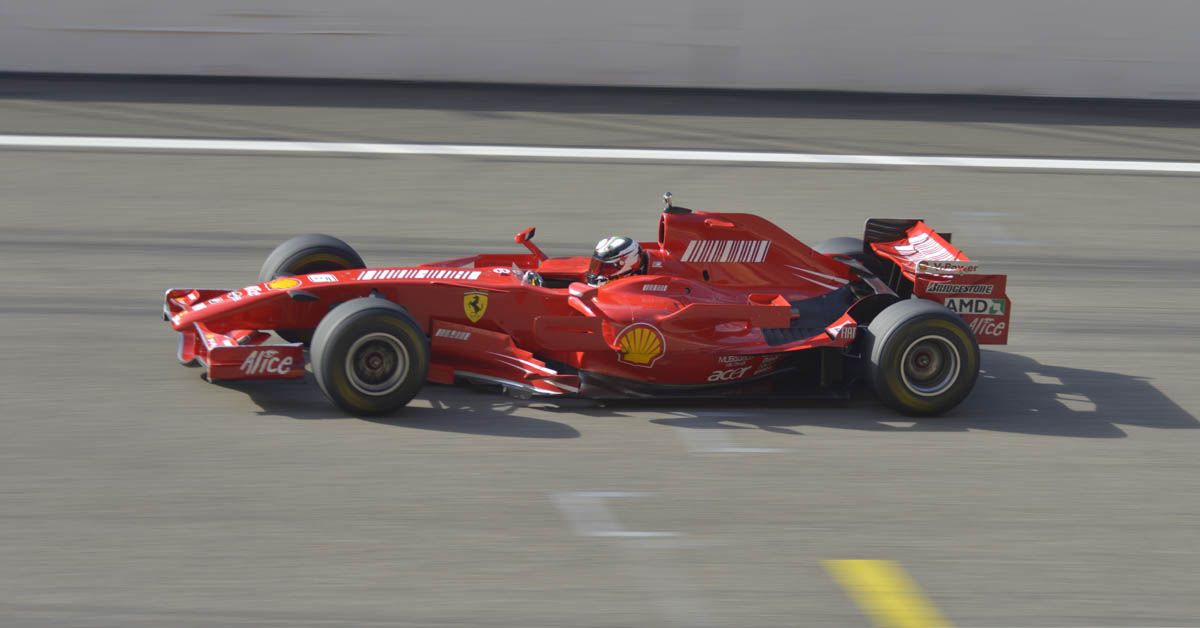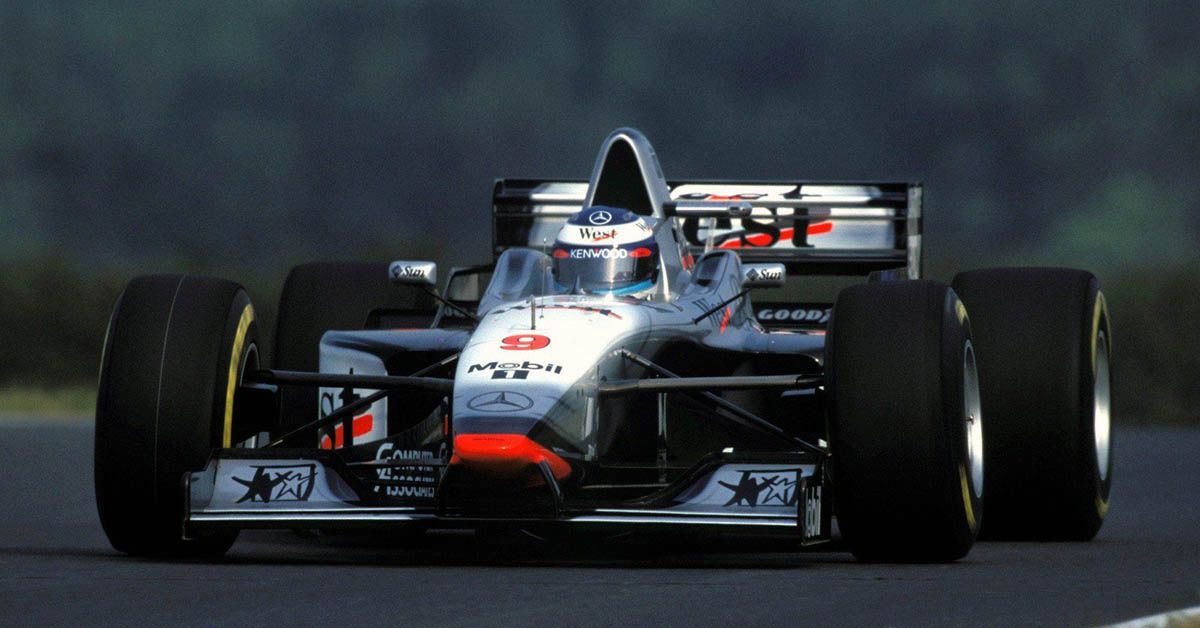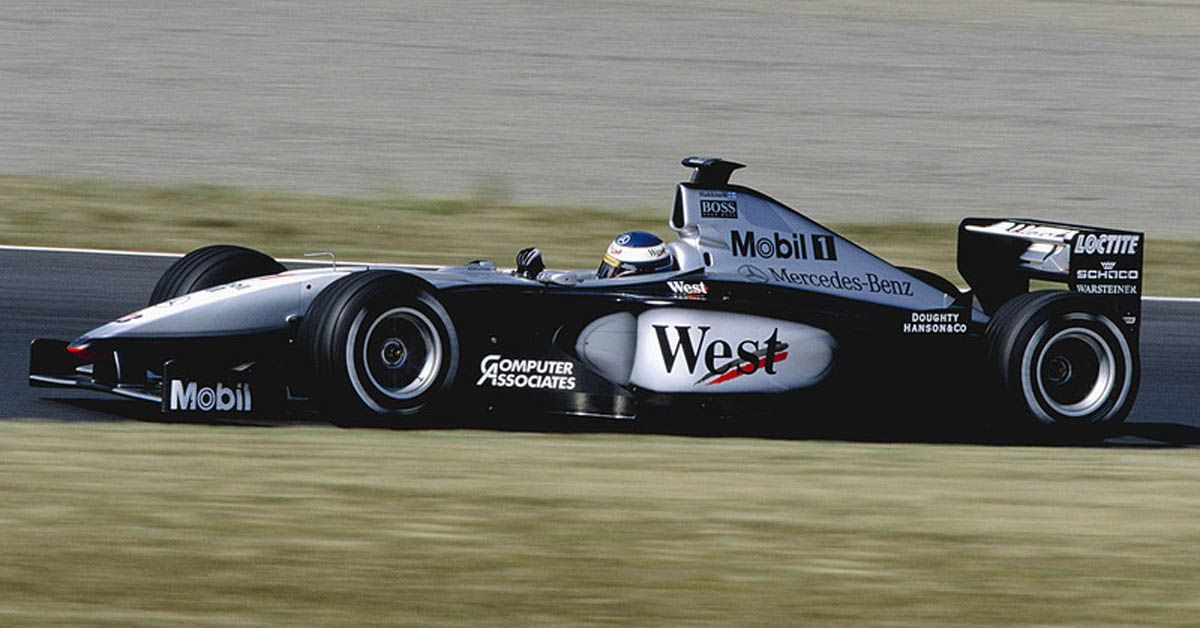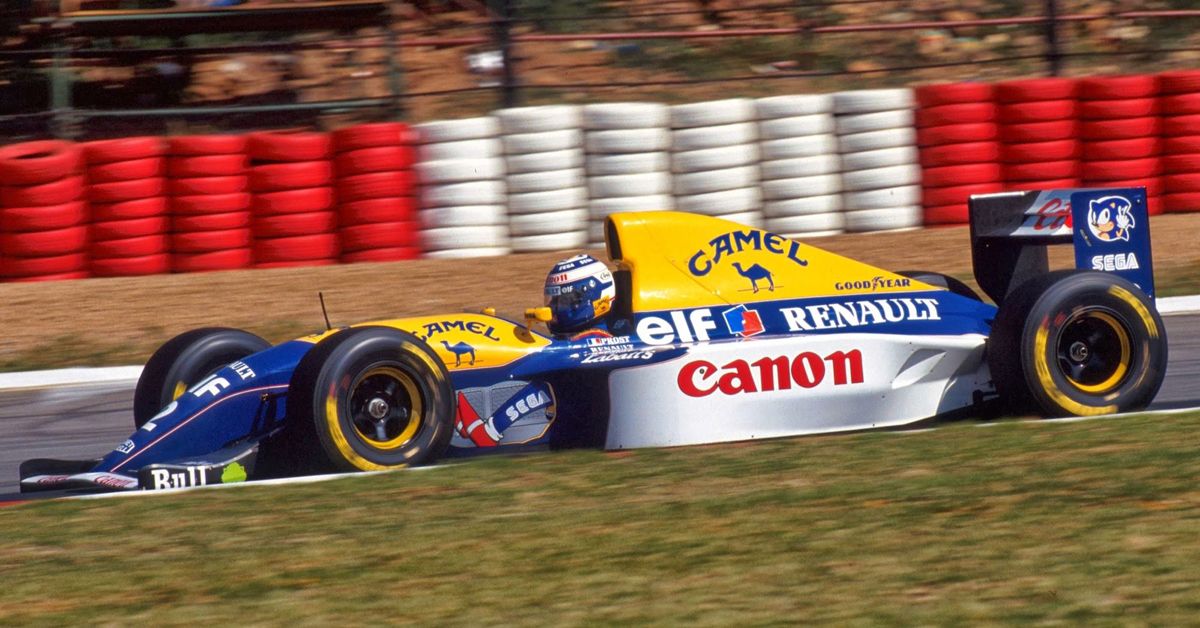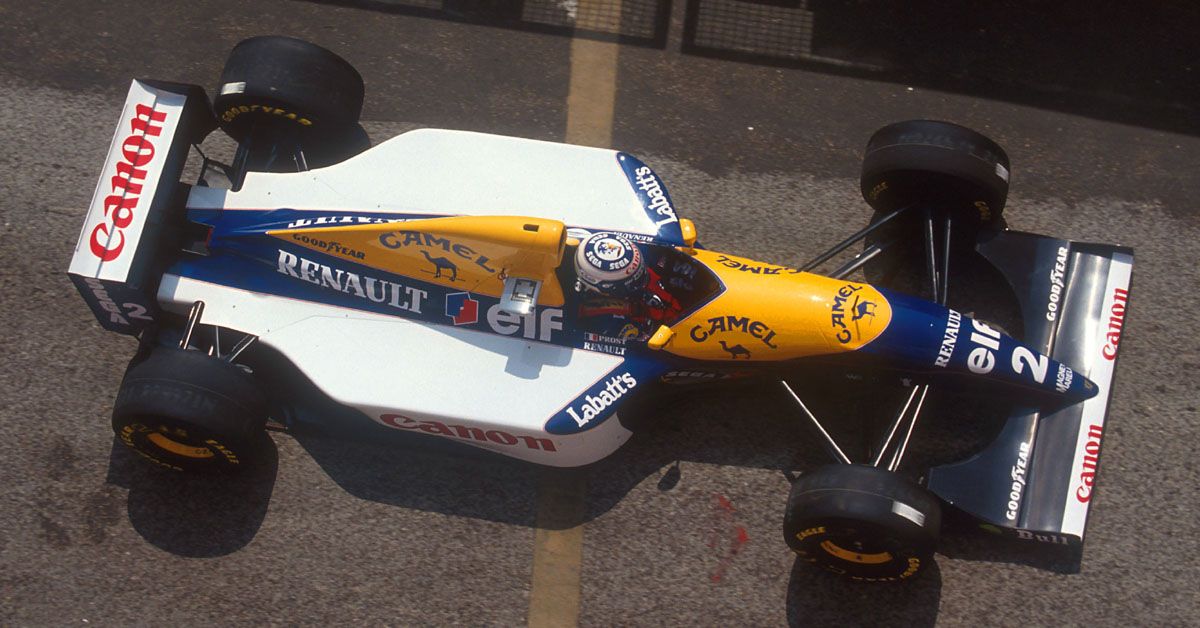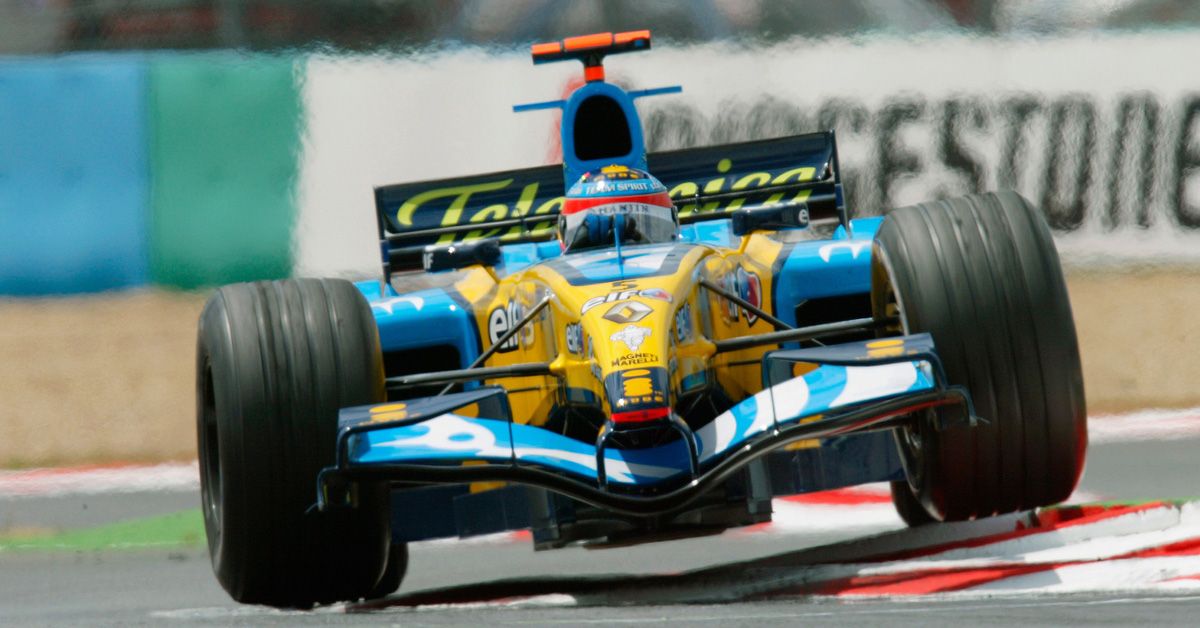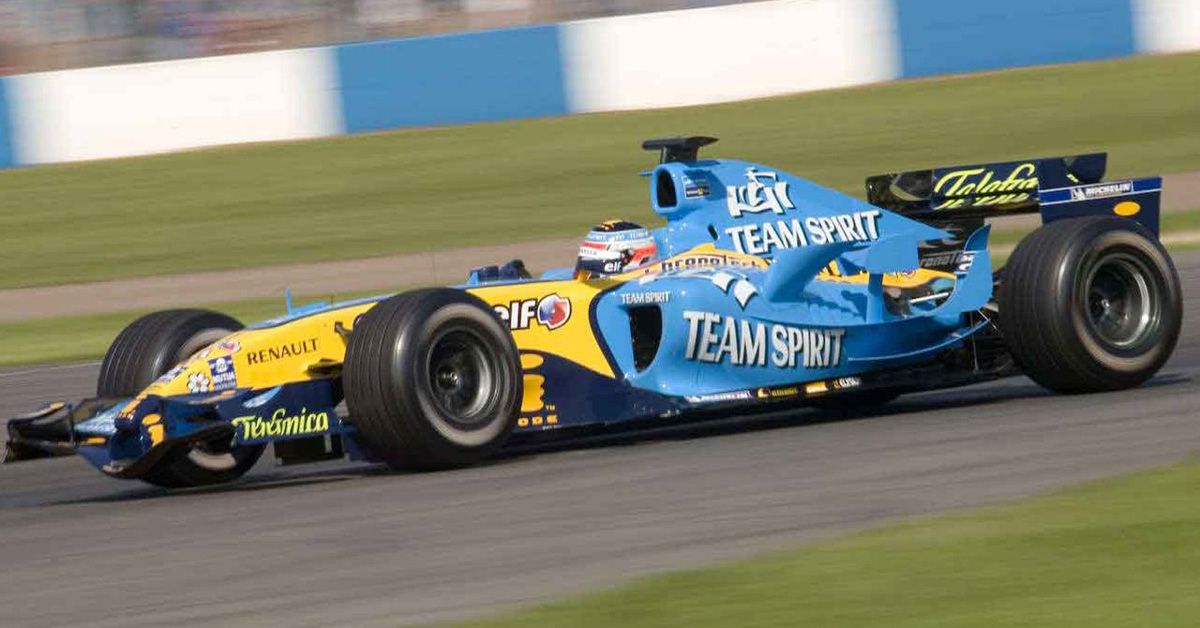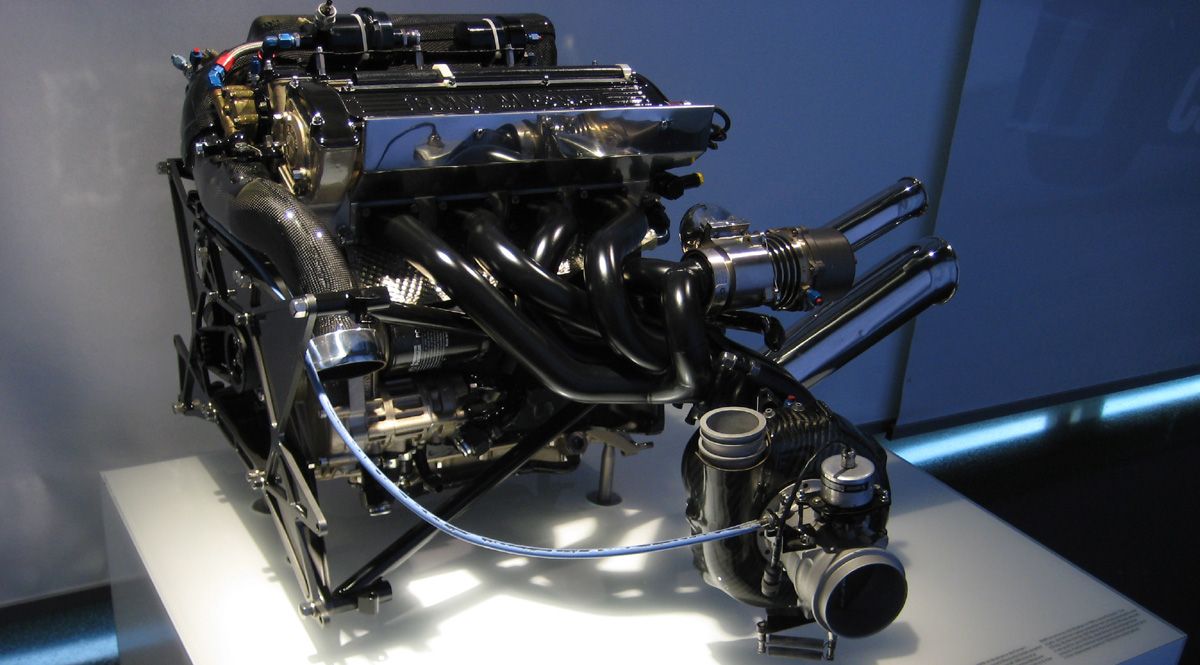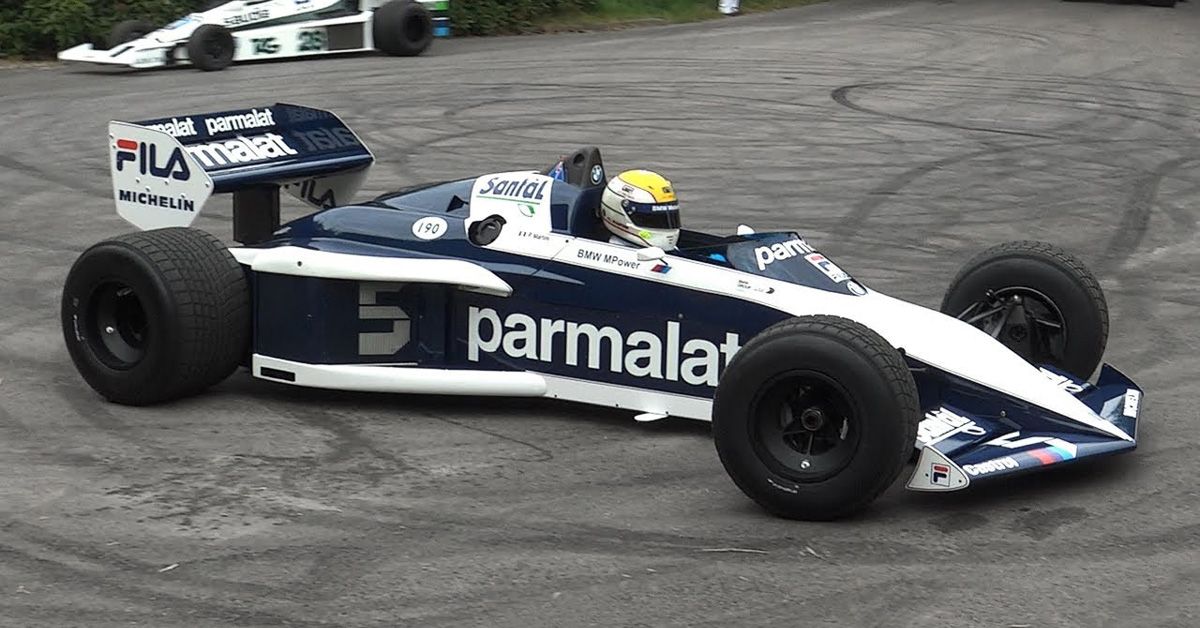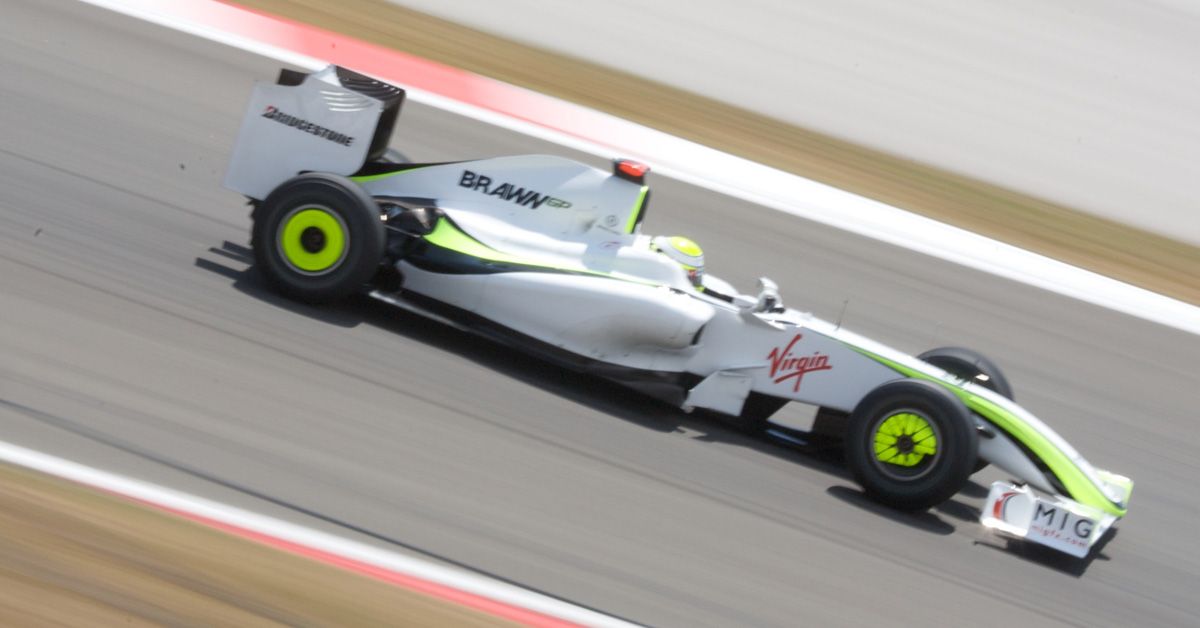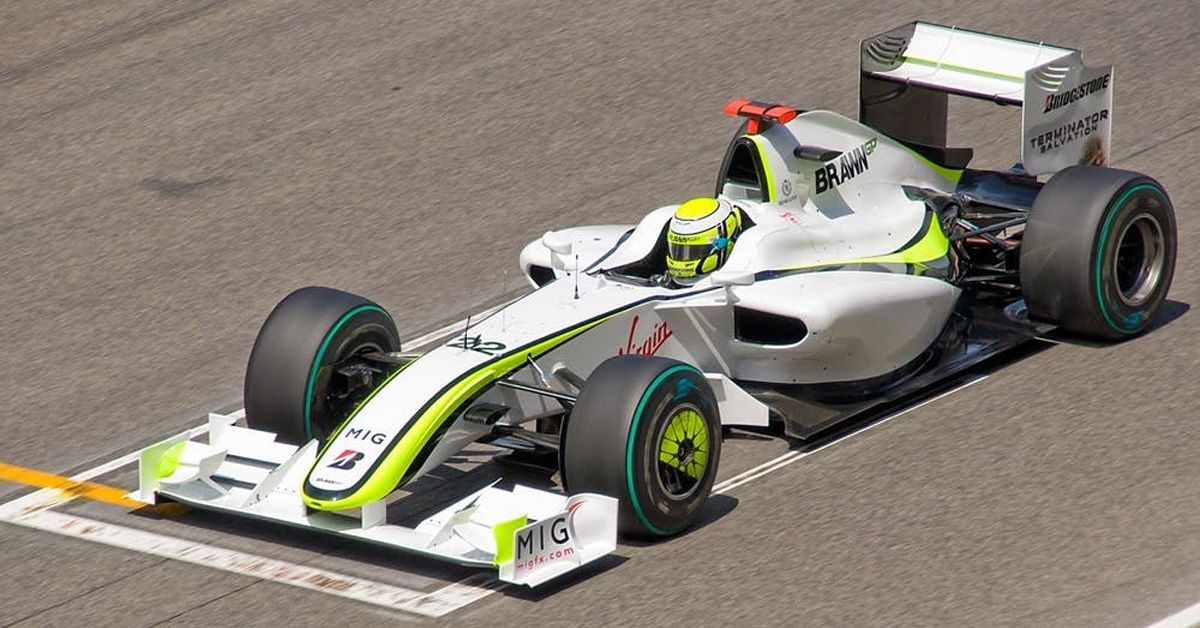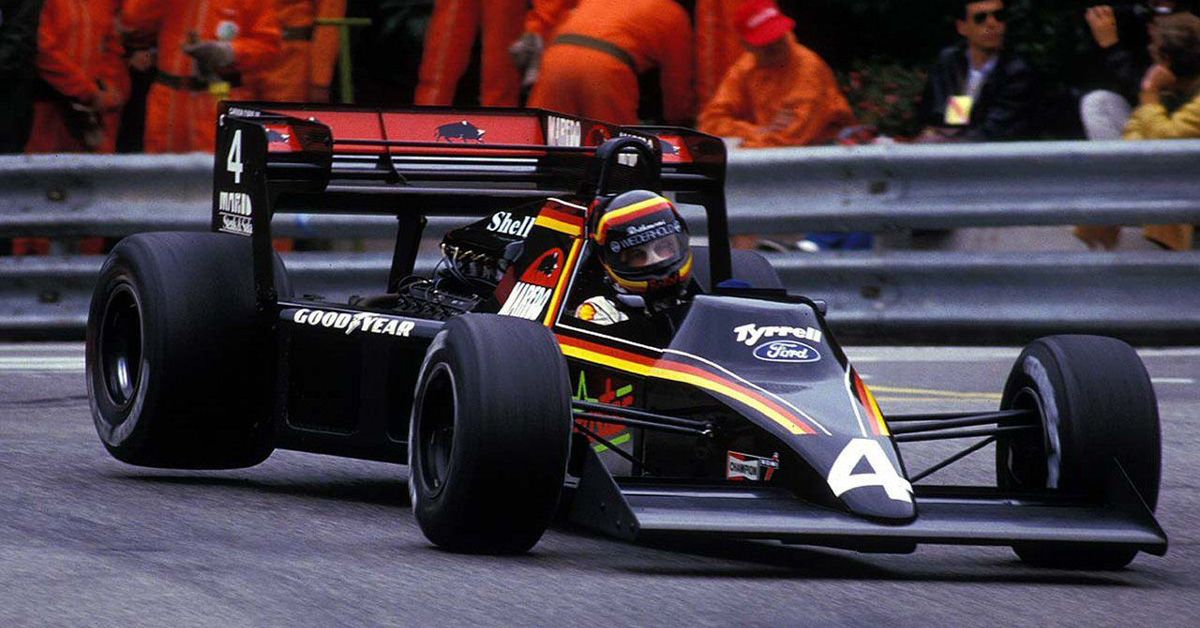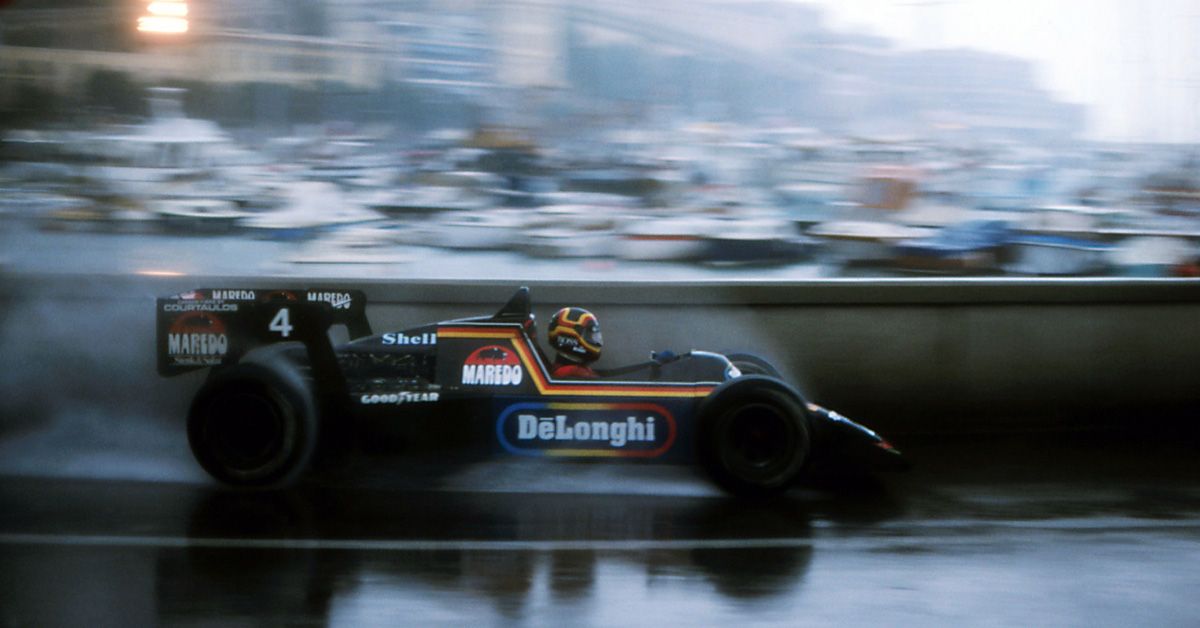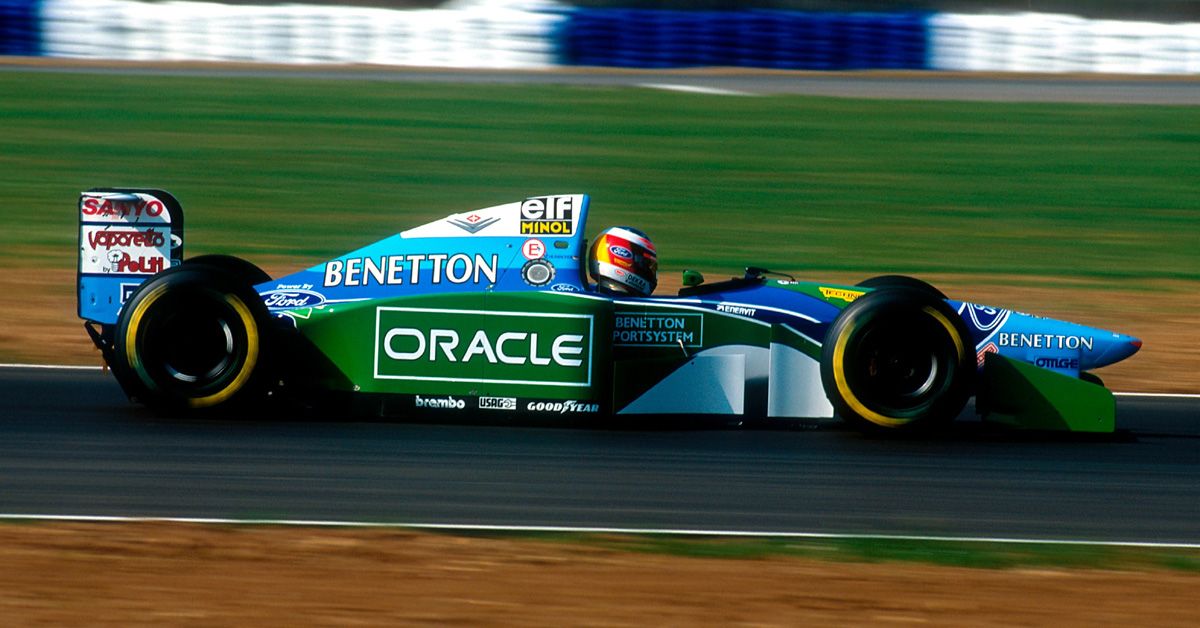F1 rules are restrictive, ask any F1 team and they are likely to vociferously agree and probably talk your ear off in the process. But rules are rules and if you want to win, you got to follow them. At least in public. But if you really want to win, you have to cheat. And in the history of F1 racing, there have been many innovative cheats that helped teams score big wins.
Sometimes they were caught, and sometimes they were punished. But one thing is clear, the cheats came to the fore later, after the team, the car, and driver had already got their laurels, just or not.
In some of these cases, even the driver got to know about these ingenious solutions later, after the deed had already been done. Scruples don’t win you races, right? But cheats certainly do, even if ultimately they get you banned and fined.
10 The 2010 Red Bull RB6 Had Aerodynamics
Sebastian Vettel is known for naming his cars some rather interesting names and his two RB6 cars were accordingly dubbed “Luscious Liz” and “Randy Mandy”. In 2010, Vettel’s RB6 had its front wings riding lower to the road on the track than when it was in the pits. How?
Apparently, designer Adrian Newey layered up carbon fiber so that the wing drooped under aerodynamic load to pass the FIA rigidity test but hugged the road more than allowed. Red Bull won, but when rivals complained, a more stringent test killed this cheat in 2013.
9 The McLaren F1 Boasted Airflow In 2010
For 2010, McLaren had a brilliant idea, drilling a tiny hole in the front of the cockpit. This hole channeled air to the rear wing, giving the F1 entrant a superior straight-line speed. In a way, this is what inspired the DRS today.
The FIA gave this fledgling technology its a blessing, and using nonlinear fluidic effects to create better airflow has now become the norm for most performance cars, in different ways. But at the time, it was still a cheat. And a winning one.
8 The Hidden Aerodynamics of Ferrari F2007
In 2007, Kimi Räikkönen qualified on pole and won effortlessly in his F2007 F1 Ferrari, and did it so smoothly, eyebrows were raised. The car had an aerodynamic edge that was hiding in plain sight,
The very floor of the car was made flexible by attaching it to the chassis with a rear hinge and two springs in front. This let the floor be set lower than the competition making it more aerodynamic and way faster. Obviously, once found, it was frowned upon.
7 1997 McLaren MP4/12’s Glowing Brakes
In 1997, a photographer, Darren Heath, wondered why a rear brake disc on the McLaren MP4/12 F1 car was glowing red, even while the car was accelerating on corners. The mystery was solved when one of the cars retired and he was able to get a look in, spotting a second brake pedal.
The second brake pedal was put in by designer Steve Nichols who gave the driver independent single rear brakes, letting them tone down the understeer to make sharper and more efficient turns. In F1, every microsecond counts. But then again, so does every cheat so by 1998, this cheat was out and banned.
6 The 1993 Williams FW15C’s Active Suspension
Despite a 2021 petition to revive active suspension in F1, the ban remains in place. And the ban came because of the Williams FW15C that not only came with active suspension, but also with CVT. And even if this made just a few microseconds of faster lap time, it makes for all the difference at the finish line.
No wonder Formula 1 banned the system, it made this Renault-powered formula car do things the competition could not, with the CVT bringing in 100% power to the pedal at all times.
5 The 2005 Renault R25 Was Dampened
In 2005, Renault entered the F1 with R25 and decided it needed something that would counteract all that bouncing in the chassis. And so it added a mass damper, which was a weight suspended by hydraulic springs in the nose and the rear, and helped the car stay closer to the asphalt.
The idea was for the car to stay stable at high speeds, letting all the force concentrate on straight speed acceleration and other F1 cars followed suit. That is until it was banned, labeled as a movable aerodynamic piece even though it had nothing to do with aerodynamics.
4 The Blow-Up Engines Of 1986 BMW M12/13
In 1986, many teams wore the BMW M12/13 engines into F1, which came based on its M10 engine. Now the M10 engine was a 1.5-liter four-cylinder engine, no great shakes when it came to horsepower. But BMW managed to coax a whopping 1,500 horses from the turbocharged engine of the M12/13.
How was BMW doing it? Simple, it wasn’t making those engines last all that much. Four laps and the engine would cook itself. But that was okay because the pit crew simply put in a new one. Banned, you bet! But nifty as hell especially for Brabham, Arrows, and Benetton.
3 When Brawn Won In 2009 With Diffusion
The Brawn GP racing team began with Honda’s patronage, only a financial crisis forced Honda to step back and away, letting Ross Brawn take over the team. The Brawn F1 used a very innovative cheat.
Since Formula 1 specified the sizes of a rear diffuser, Brawn turned the entire car’s contour into a double-decker diffuser. It was illegal and protested as such, but by the time F1 went about banning it, Brawn had practically won the championship.
2 Tyrrell 012 Cheated With Weight In 1984
In 1984, Formula 1 had its own rules about weight. Each car was supposed to have a certain weight and if they did not qualify, they were banned. Tyrrell was a small team player at the time and since they did not have the powerful engines to take on all that extra weight, they cheated.
The water injection system was topped up with two gallons of water and infused with aromatics that improved performance. And then there were the 140 pounds of lead shot it would be loaded with to make the post-race qualification, often found littered at the pit stop. Post this, F1 got wiser.
1 1994 Benetton B194 Cheat Code
In 1993, F1 banned driver aids like active suspension and traction, anti-lock brakes, and launch control. So the cars had to strip down to become rawer and let racing be all about driver prowess and engine brute force. With a pinch of aerodynamics, of course.
So in 1994, after the late Ayrton Senna pointed out that something was up with the Benetton entrant, officials found something sneaky in the car’s software, called option 13. This was a hidden launch control that could be activated with a laptop plugged into the car. So fines and bans followed. And for some, disillusionment.
Sources: ESPN, DriveTribe

